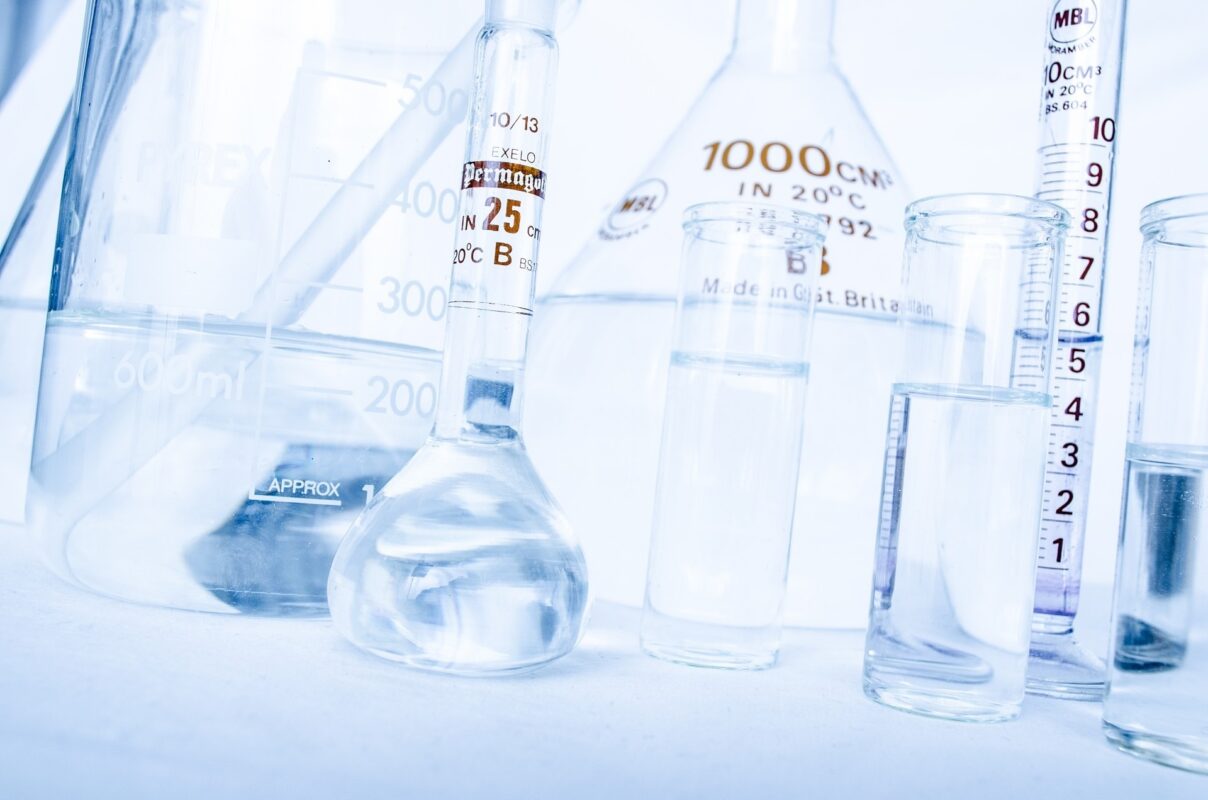Acetic acid — a versatile and widely used chemical compound — finds its way into various industries and household products. From culinary applications to industrial processes, understanding acetic acid concentrations is crucial for safe and effective use.
In this comprehensive guide, we will explore the different concentrations of acetic acid, their uses, and important considerations.
The Basics
Acetic acid, also known as ethanoic acid, is a colourless liquid with a pungent smell. It is a key component in vinegar and has a wide range of applications, including food preservation, cleaning, and industrial processes. In its purest form, acetic acid is a strong acid, but it is commonly used in diluted forms for various purposes.
Concentration Levels of Acetic Acid
Acetic acid has different characteristics at various concentrations and is carefully adjusted to create the concentration suitable for specific tasks.
Common household vinegar (5%):
The most familiar form of acetic acid for many is household vinegar, which typically contains around 5% acetic acid. This mild concentration makes it suitable for culinary uses, cleaning, and as a home remedy. The acidity imparts the characteristic tangy taste to vinegar.
Industrial and agricultural grade (10-30%):
In various industrial and agricultural applications, acetic acid is used in concentrations ranging from 10% to 30%. This higher concentration makes it effective for tasks such as weed control, descaling, and certain manufacturing processes.
Technical grade (80%):
Technical grade acetic acid is one of the commonly used forms of acetic acid, after common household vinegar.
Laboratory grade (≥99%):
Laboratories often use highly concentrated acetic acid, with purities exceeding 99%. This grade is crucial for precise scientific experiments, chemical analyses, and the preparation of specific lahttps://www.eastharbourgroup.c...boratory reagents.
Pure acetic acid (100%):
Pure acetic acid, at 100% concentration, is a potent and corrosive substance. This form is not typically used directly due to its high acidity and potential hazards. Instead, it serves as a starting point for dilutions to achieve desired concentrations.
Common Uses of Different Acetic Acid Concentrations
Different concentrations lend acetic acid to different uses.
5% Acetic acid (household vinegar):
- Culinary applications: Used in cooking and food preparation to add flavour and act as a preservative.
- Cleaning agent: An effective and eco-friendly cleaning solution for surfaces and glass.
80% Acetic Acid (technical grade):
- Chemical synthesis: Used as a reagent and solvent for producing pharmaceuticals, vinyl acetate monomer (VAM) and esters.
- Apiculture: Used in bee breeding.
≥99% Acetic acid (laboratory grade):
- Chemical synthesis: A crucial component in the synthesis of various chemicals and pharmaceuticals.
- Laboratory reagent: Essential for precise analytical techniques and experiments.
- Research applications: Utilised in scientific research for its unique chemical properties.
Safety Considerations and Precautions
Handling acetic acid, especially in concentrated forms, requires caution due to its corrosive nature. Here are some essential safety considerations:
Protective gear:
- When working with concentrated acetic acid, wear appropriate personal protective equipment, including gloves and eye protection.
Ventilation:
- Ensure adequate ventilation in workspaces to prevent the inhalation of fumes.
Storage:
- Store acetic acid in a cool, well-ventilated area, away from incompatible substances.
Dilution guidelines:
- When diluting acetic acid, always add acid to water slowly to minimise the release of heat.
Emergency response:
- Be familiar with emergency response procedures, including the use of neutralising agents and access to emergency showers and eyewash stations.
Acetic Acid in the Culinary Arts
In the culinary world, acetic acid plays a vital role in enhancing flavours and preserving foods. Beyond its presence in vinegar, it is used in pickling processes to create tangy and zesty flavours in vegetables and fruits. Understanding the concentration of acetic acid in these culinary applications ensures the desired taste and safety.
Innovations in Industrial Applications
The industrial uses of acetic acid continue to evolve with technological advancements. From the production of acetate polymers and solvents to its role in the textile and rubber industries, acetic acid's versatility contributes significantly to modern manufacturing processes.
Environmental Impact and Sustainable Practices
As the focus on sustainability grows, industries are exploring eco-friendly alternatives, including the use of acetic acid in cleaning and agricultural practices. The biodegradable nature of acetic acid makes it an attractive option for reducing environmental impact compared to some traditional chemical agents.
Acetic Acid is a Versatile Chemical
In the vast landscape of chemical compounds, acetic acid stands out for its diverse applications and concentrations. From household kitchens to advanced laboratories, its role is multifaceted.
As users, understanding the varying concentrations of acetic acid is paramount to ensuring safe and effective utilisation across different contexts. Whether it's adding zest to a recipe, advancing scientific research, or contributing to industrial processes, acetic acid continues to be a chemical cornerstone in our daily lives.
At East Harbour Group, we can supply acetic acid at various concentrations, drop us a message and we’ll be more than happy to help!

